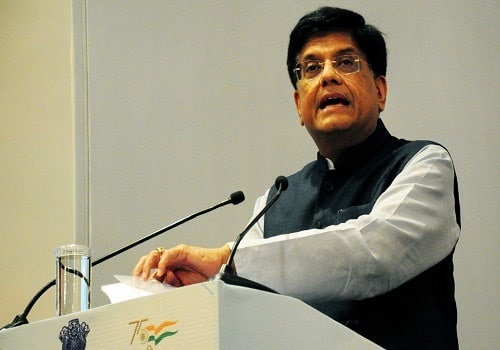Indian auto ancillaries moving towards EVs, green manufacturing

Follow us Now on Telegram ! Get daily 10 - 12 important updates on Business, Finance and Investment. Join our Telegram Channel
Sensing a global opportunity in the electric vehicles (EV) segment, Indian automotive ancillaries are shifting gears in sync with the trend, said a top industry sector official.
Many of the players in the $46 billion (FY21) industry are also supplying to non-auto sectors like defence, railways and aerospace, Automotive Component Manufacturers Association of India (ACMA) President Sunjay J. Kapur said.
"About 60 per cent of our Executive Committee members (about 50) are ready to supply components for EVs and the remaining 40 per cent will be ready next year. EV is an opportunity for Indian auto component makers. Electrification is happening by government regulation and consumer demand," Kapur told IANS.
He said the vehicle makers have an EV platform for most of the new models.
Also auto ancillaries are also moving towards sustainable/green manufacturing, Kapur added.
Given this, auto ancillaries are also investing towards future and EV technologies in the areas of telematics, display units and others like sustainable manufacturing technologies.
Kapur said 75 companies have been approved under the Productivity Linked Incentive (PLI) scheme.
Each one of them has to invest about Rs 250 crore over a period of five years to benefit under the PLI scheme and the quantum of investment is a whopping Rs 18,750 crore.
According to Kapur, the majority of the new investments will be for catering to the emerging EV segment with future technologies.
"Electrification of the automobile industry will not wipe out the component sector that primarily catered to the internal combustion engine vehicle segment," ACMA Director General Vinnie Mehta told IANS.
About the market, Kapur said the domestic demand for vehicles is strong and would continue to be so as the macro-economic factors are also strong.
The $10 billion replacement/retail market is also good for the component industry as many people postponed new vehicle purchases during the past two years owing to Covid pandemic, he added.
"The chip shortage will grow the second hand car segment which in turn would increase the after market sales of auto components," Kapur said.
Like the common parts for various vehicle models, vehicle makers are also looking at commonality/standardisation of semiconductor chips that can be used for different applications.
According to Kapur, the nature of the after market will also undergo a change like the Original Equipment Manufacturing sector as the products will be more advanced.
Queried about the industry looking at diversifying its customer base by looking at sectors like aerospace, he said: "We are looking at the industry as a mobility industry. It is a matter of understanding what it takes to supply the aerospace sector."
Rocket maker Agnikul Cosmos co-founder Srinath Ravichandran had told IANS that they "source off-the-shelf products of auto component vendors. Electronic boards, parts, sensors and others that are used in automobiles can also be used in the rockets with tweaking".
Auto component makers used to look at other sectors like defence, railways for sales when the vehicle sales hit a downslide and revert back when automobile sales pick up.
On green manufacturing, Brakes India Private Ltd will make green iron castings out of its foundry at Naidupeta in Andhra Pradesh for Sweden's Volvo Group.
According to Volvo, the green castings, which will be produced by Brakes India, utilise scrap, alloys, and raw materials which are 100 per cent radioactive elements free.
The production involves recycling of 100 per cent metallic scrap generated by other industries to manufacture a usable product.
The plant will operate on 100 per cent green power from solar and wind energy.
Meanwhile Kapur and Mehta said the Indian auto ancillaries sector is expected to log 10 per cent growth in FY23, similar to what is expected for FY22.
The FY22 industry numbers are being collated, Mehta said.












 320-x-100_uti_gold.jpg" alt="Advertisement">
320-x-100_uti_gold.jpg" alt="Advertisement">












